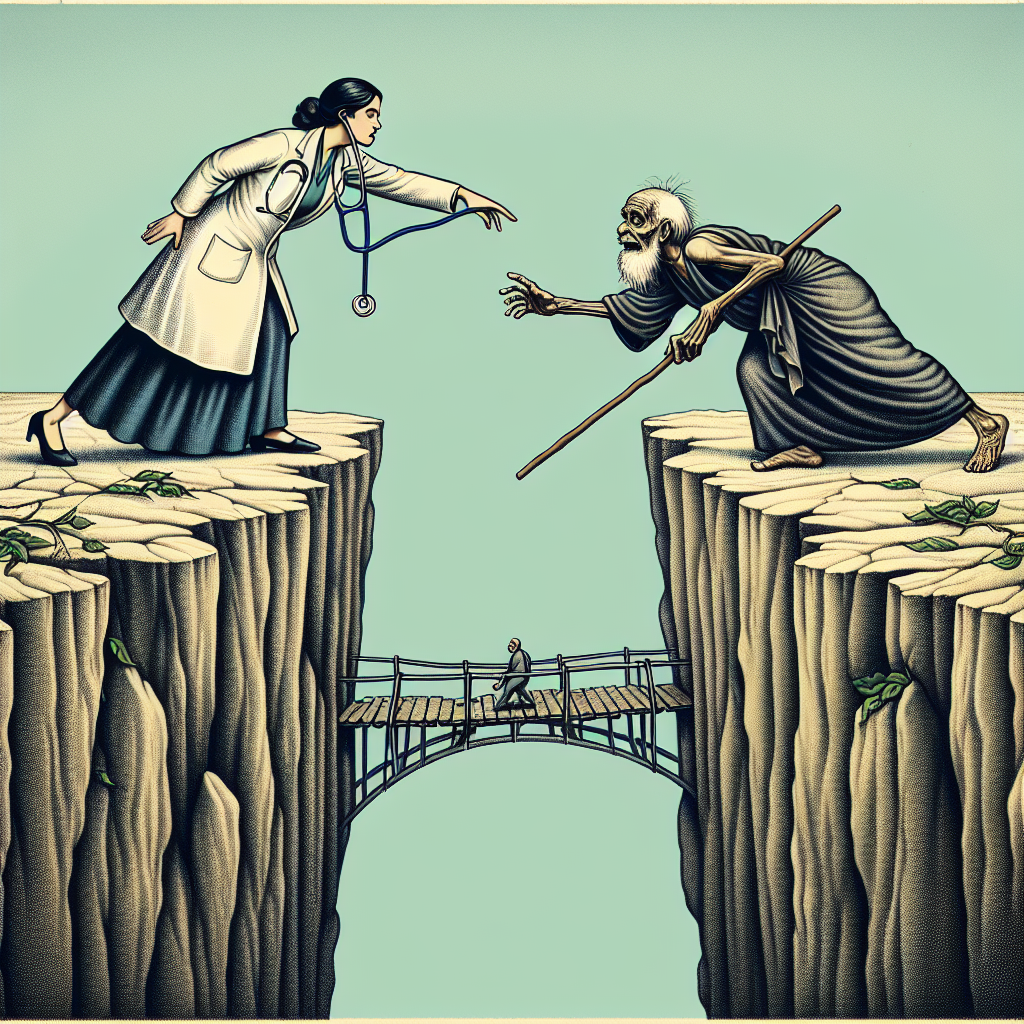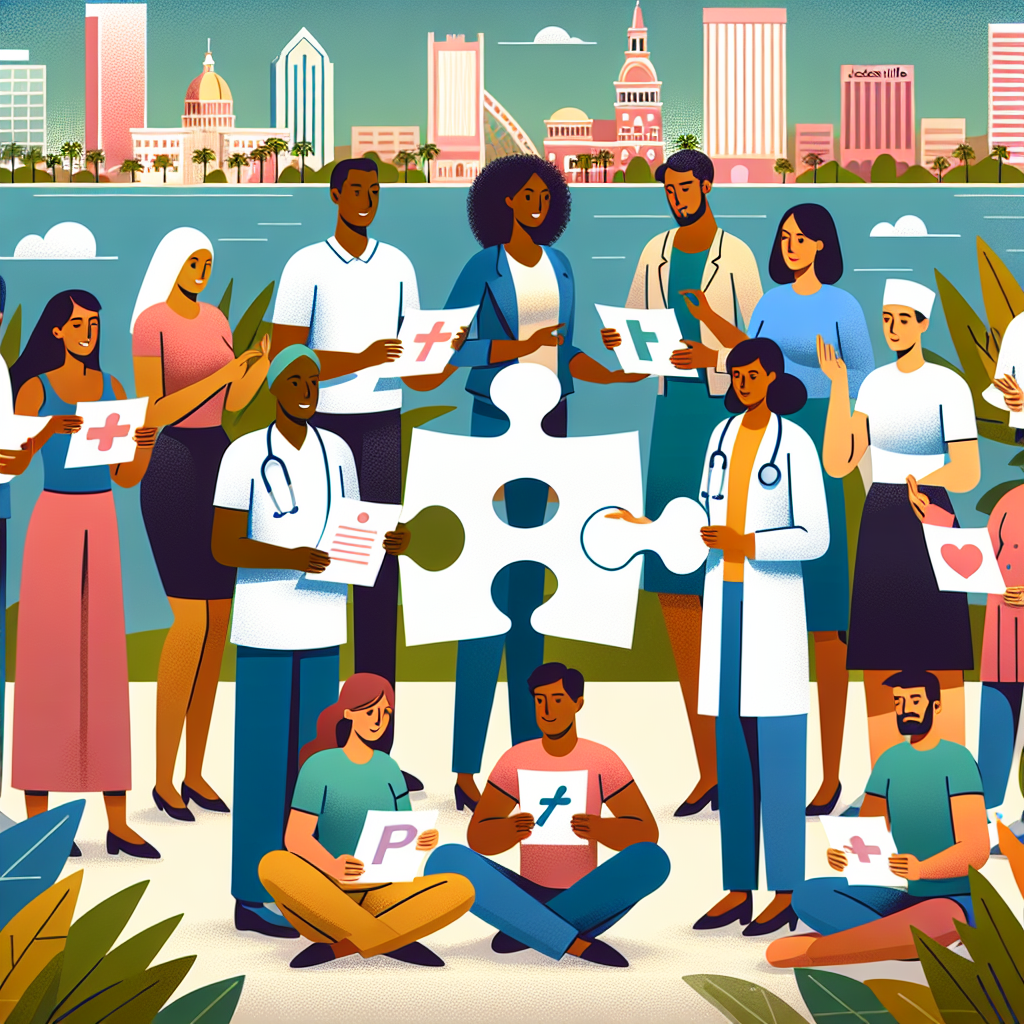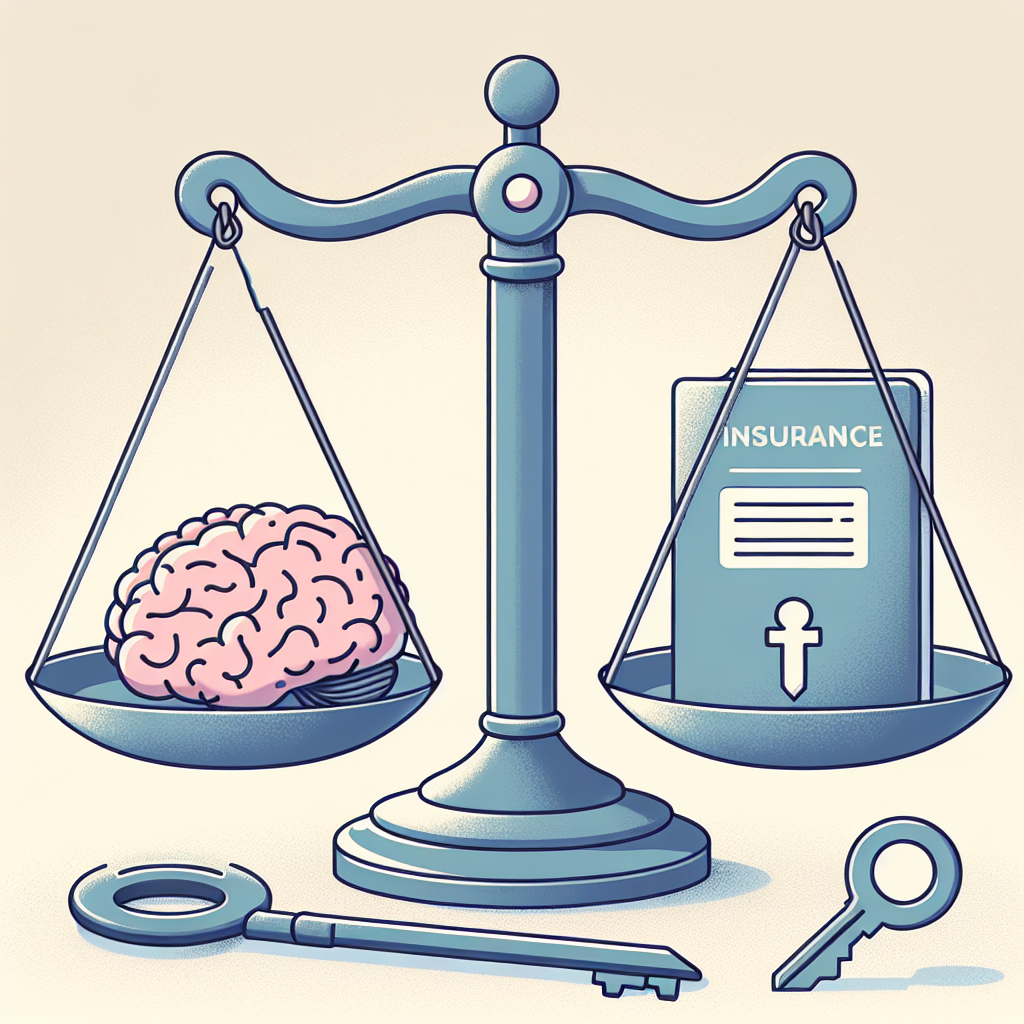Filed under Health Insurance on
Closing the Gap in Health Insurance Coverage

In recent years, the issue of health insurance has become a significant topic in public discourse and policy-making. With millions of people worldwide experiencing inadequate medical coverage, closing the gap in health insurance coverage is not just a policy imperative but a moral obligation. The concept of health insurance is simple: an individual pays a premium to an insurance company, which then covers medical expenses. However, the reality is far more complex, especially when layers of socioeconomic and political factors are involved. This article delves into how we can close this gap, offering real-life examples and practical advice for both individuals and policymakers.
Understanding the Health Insurance Coverage Gap
The health insurance coverage gap refers to the difference between those who have sufficient health insurance and those who do not. While some individuals enjoy comprehensive health plans, others find themselves uninsured or underinsured, often facing enormous medical bills. According to the World Health Organization (WHO), about 400 million people do not have access to essential health services globally. In the United States alone, the Census Bureau reported that approximately 28 million people lacked health insurance in 2020.
Reasons Behind the Coverage Gap
- Economic Barriers: Not everyone can afford the high premiums associated with private health insurance plans. Low-income families, students, and unemployed individuals often face significant financial challenges.
- Employer-Sponsored Plans Limitations: Many employer-sponsored insurance plans have restrictions, leaving part-time workers or those in the gig economy without adequate coverage.
- Political & Policy Issues: Different countries and regions have varying healthcare policies, and political changes can result in reduced funding or altered healthcare priorities. In the U.S., for example, the Affordable Care Act (ACA) aimed to minimize the uninsured rate, but political debates about its future create uncertainty.
- Lack of Information: Many people do not fully understand their insurance options or how to navigate the system effectively, leading to missed opportunities for better coverage.
Real-Life Examples of the Impact
Case Study: The United States
To illustrate, consider the example of John, a 30-year-old freelance writer based in Texas. He works in the gig economy, enjoys the flexibility of his schedule, but unfortunately lacks employer-sponsored health insurance. With a monthly income that's inconsistent, John decided not to purchase private insurance due to high premiums. When he suffered a severe injury in a car accident, he was abruptly faced with an overwhelming medical bill. This scenario isn't unique to John; many individuals in similar situations struggle with medical expenses due to the lack of comprehensive insurance coverage.
Global Perspectives: India
In India, the government launched the Ayushman Bharat Yojana, a health initiative aimed at covering the poorest segments of the population. While the program has been successful in reaching millions, it still falls short of covering the entire population. People like Rani, a daily laborer in rural India, find themselves in a precarious situation when faced with medical emergencies, as they may live just above the poverty line, making them ineligible for subsidies but unable to afford private health insurance.
Strategies for Closing the Gap
Government Initiatives
- Expanding Public Health Programs: Governments must focus on expanding access to public health insurance programs. This can be achieved by widening eligibility criteria and ensuring sustainable funding. For instance, expanding Medicaid in the United States under the ACA could significantly reduce the number of uninsured individuals.
- Subsidies and Tax Credits: Offering subsidies or tax credits to low- and middle-income families can alleviate the financial burden associated with health insurance premiums, making it more accessible to those who would otherwise remain uninsured.
- Universal Healthcare Implementation: Countries that have successfully implemented universal healthcare systems, such as Canada and Norway, offer models for others to emulate, potentially closing the gap significantly.
Private Sector Solutions
Insurance companies can play a vital role by offering innovative products that cater to low-income populations. Flexible premium plans and usage-based insurance can increase affordability and accessibility. Collaboration between tech companies and insurers can also simplify the enrollment process, making it easier for individuals to understand and obtain coverage.
Community-Based Solutions
Community health initiatives can act as a safety net for those without coverage. Organizations such as local clinics, NGOs, and health co-ops can offer services at reduced rates or for free, supported by donations and volunteer efforts. Community education programs can also empower individuals with knowledge about their insurance options and how to access necessary services efficiently.
Practical Advice for Individuals
For individuals striving to close the gap in their own lives, there are several steps to take:
- Research Your Options: Dedicate time to understanding different health insurance options. Online resources, state health department websites, and insurance brokers can provide valuable insights.
- Take Advantage of Open Enrollment: Pay attention to open enrollment periods, which offer the chance to review and change your insurance plan according to your evolving needs.
- Seek Assistance: Many community organizations and non-profits offer free advisory services to help navigate the insurance landscape. Don’t hesitate to seek professional advice.
- Prioritize Prevention: Utilize available preventive services to reduce the risk of costly medical interventions later. Regular check-ups and a healthy lifestyle can make a significant difference.
Conclusion
Closing the gap in health insurance coverage is an achievable goal, but it requires concerted efforts from governments, the private sector, communities, and individuals. By expanding access, making insurance more affordable, and offering education on available options, societies can move toward comprehensive coverage for all. The health and economic well-being of millions depend on these actions, demanding attention and commitment from us all.
Frequently Asked Questions
1. What is the primary cause of the health insurance coverage gap?
The coverage gap is primarily caused by economic barriers, such as high insurance premiums that many cannot afford. Other factors include limitations of employer-sponsored plans and varying healthcare policies across regions.
2. How can individuals reduce their medical expenses without insurance?
Individuals can reduce medical expenses by utilizing community health services, seeking preventive care, comparing prices for medical services, and negotiating bills. Many hospitals offer financial assistance programs for uninsured patients.
3. Are there ways to get health insurance if my employer doesn't offer it?
Yes, individuals can explore government health programs, purchase private health insurance, or find coverage through organizations or associations that offer group health insurance plans.
4. How does expanding Medicaid help reduce the coverage gap?
Expanding Medicaid helps by increasing the number of low-income individuals who qualify for comprehensive health insurance coverage, thereby reducing the uninsured rate and ensuring access to essential health services.
5. How can technology help in closing the health insurance coverage gap?
Technology can streamline the application and enrollment process, making it easier for individuals to find and retain coverage. Telemedicine and health apps can also provide affordable access to healthcare services, even for those with limited coverage.





